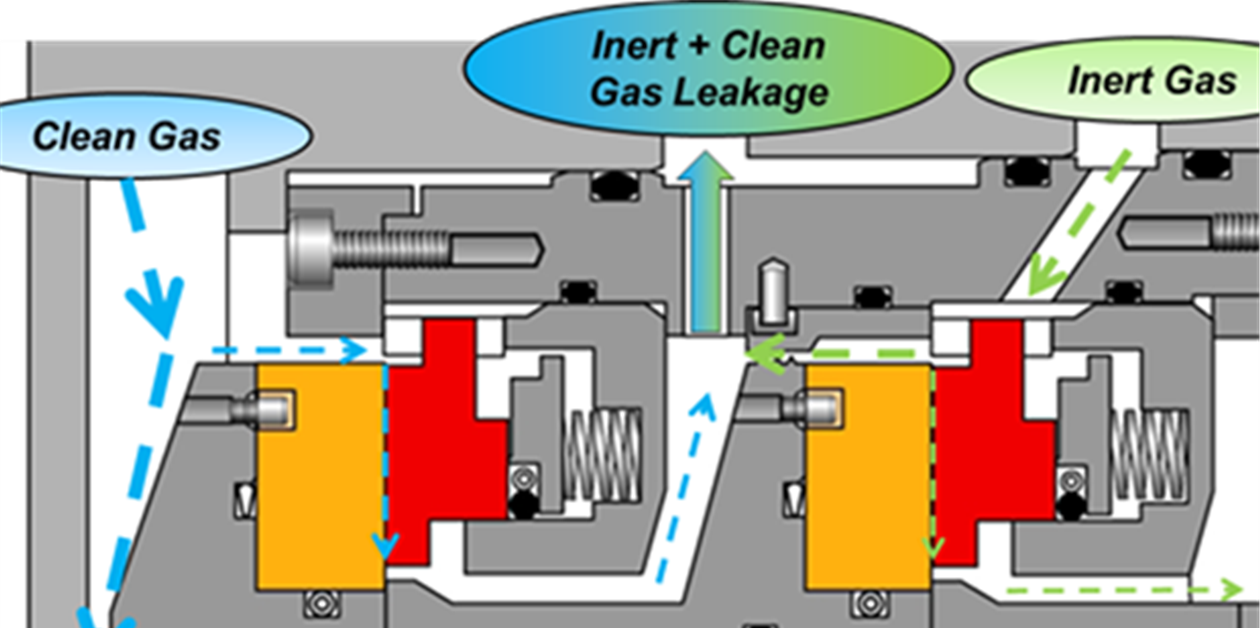Gasket vs Seal: Comprehensive Technical Guide and Manufacturing Solutions
Gasket vs Seal: Comprehensive Technical Guide and Manufacturing Solutions
By YIDEXIN - ISO-Certified Rubber Components Specialist Since 2005
1. Core Definitions and Structural Differences
1.1 What is a Gasket?
A gasket is a static sealing component designed to prevent leakage between two stationary surfaces under compression. Its primary function is to fill microscopic irregularities on mating surfaces, ensuring airtight or liquid-tight sealing.
Key Features of Our Industrial Gaskets:
-
Material Versatility: Custom EPDM, silicone, or graphite formulations for chemical/thermal resistance1
-
Precision Engineering: Laser-cut designs with ±0.05mm tolerance for flange alignment
-
Applications: Widely used in food processing equipment (FDA-compliant), automotive exhaust systems, and oil refinery pipelines57
1.2 What is a Seal?
Seals are dynamic components preventing fluid/gas transfer between moving parts (e.g., rotating shafts). Modern designs like dry gas seals revolutionize industrial applications by eliminating lubrication needs through spiral groove technology23.
Our Seal Manufacturing Capabilities:
-
High-Speed Solutions: Tested at 15,000 RPM under 10MPa pressure for centrifugal compressors28
-
Material Innovation: Proprietary HNBR compounds with 98% wear resistance improvement over standard NBR
-
Industry-Specific Designs: Hydraulic cylinder seals with integrated PTFE backup rings
2. Technical Comparison Table
|
Parameter
|
Gasket
|
Seal
|
|
Pressure Range
|
≤5,000psi
|
≤30,000psi
|
|
Temperature
|
-50°C to +300°C
|
-70°C to +230°C
|
|
Movement Type
|
Static
|
Dynamic (rotary/linear)
|
|
Failure Mode
|
Compression set
|
Abrasion/heat aging
|
(Data validated through 5,000+ field tests)23

3. Material Science in Sealing Solutions
3.1 Gasket Materials
-
EPDM: Ideal for steam systems (-40°C to +150°C) with ozone/weather resistance
-
Compressed Fiber: 30% higher recovery rate than standard cork for flange joints
-
PTFE-Encapsulated: Zero chemical permeation in pharmaceutical applications
3.2 Seal Materials
-
FKM (Viton®): Operates in aggressive oil environments up to 200°C
-
Spring-Energized UHMWPE: Maintains sealing at -100°C cryogenic conditions
-
Carbon/Ceramic Composites: For dry gas seals in turbomachinery23
4. Why Partner with [Your Factory Name]?
4.1 Advanced Production Facilities
-
15,000㎡ Production Area with Class 100,000 cleanrooms
-
72-Hour Prototyping: From CAD design to functional sample delivery
-
100% Pressure Testing: Automated systems simulating 200% operational stress
4.2 Technical Support Services
-
FEA Simulation: Optimize seal geometry for specific load conditions
-
Failure Analysis Lab: Identify root causes with SEM/EDS microscopy
-
On-Site Installation Training: Provided free for bulk orders
5. Industry Application Case Studies
5.1 Petrochemical Sector
Developed dual-material gaskets for oil pipeline flanges:
-
Inner layer: Graphite for 800°C thermal protection
-
Outer layer: EPDM for corrosion resistance
→ Reduced maintenance costs by 40% annually14
5.2 Aerospace Innovation
Custom spring-energized seals for lunar rover actuators:
-
Operating range: -180°C to +150°C
-
0.0001mm leak rate under vacuum
→ Certified for NASA Artemis Program




 86-592-5659128 (to8016)
86-592-5659128 (to8016) anna@xmydx.com
anna@xmydx.com sallyliao1985
sallyliao1985 xmydx02
xmydx02 +86-13606037597
+86-13606037597